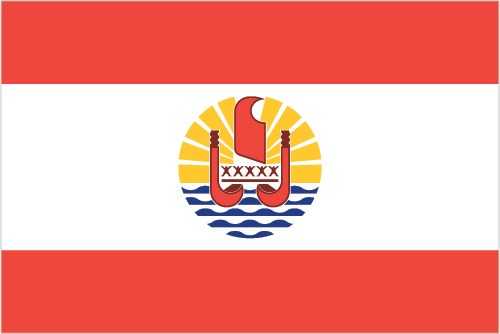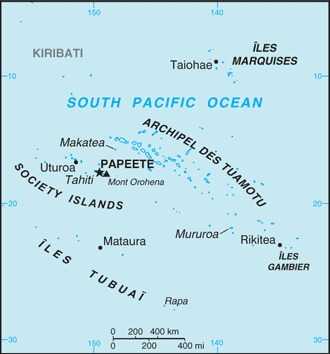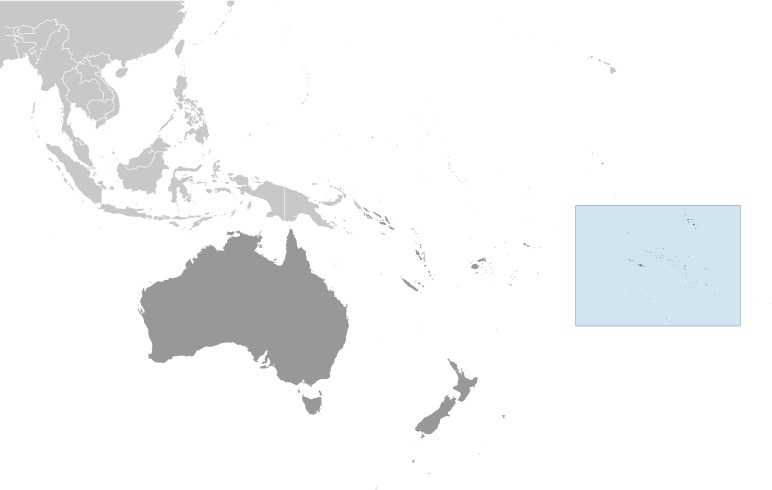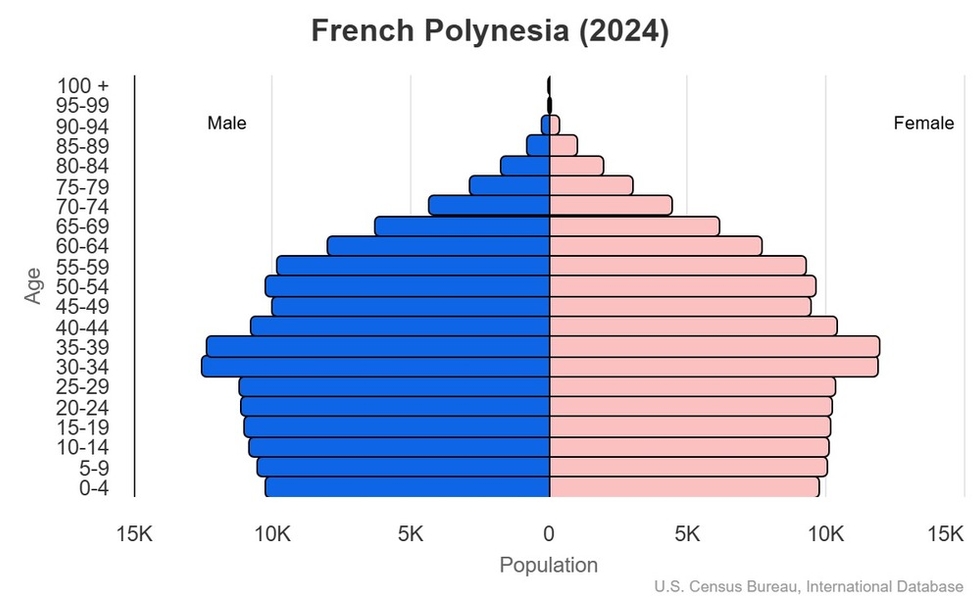Introduction
Visit the Definitions and Notes page to view a description of each topic.
Geography
People and Society
Population
comparison rankings: total 182; male 180; female 182
Languages
Median age
comparison ranking: total 98
Population growth rate
comparison ranking: 133
Birth rate
comparison ranking: 134
Death rate
comparison ranking: 167
Net migration rate
comparison ranking: 126
Infant mortality rate
comparison ranking: total 184
Life expectancy at birth
comparison ranking: total population 69
Total fertility rate
comparison ranking: 143
Environment
Carbon dioxide emissions
comparison ranking: total emissions 172
Government
Economy
Real GDP (purchasing power parity)
comparison ranking: 175
Real GDP growth rate
comparison ranking: 115
Real GDP per capita
comparison ranking: 96
Inflation rate (consumer prices)
comparison ranking: 158
GDP - composition, by sector of origin
comparison rankings: agriculture 146; industry 183; services 20
Labor force
comparison ranking: 180
Unemployment rate
comparison ranking: 162
Youth unemployment rate (ages 15-24)
comparison ranking: total 12
Current account balance
comparison ranking: 66
Energy
Communications
Telephones - fixed lines
comparison ranking: total subscriptions 128
Telephones - mobile cellular
comparison ranking: total subscriptions 178
Broadband - fixed subscriptions
comparison ranking: total 141
Transportation
Merchant marine
comparison ranking: total 145




